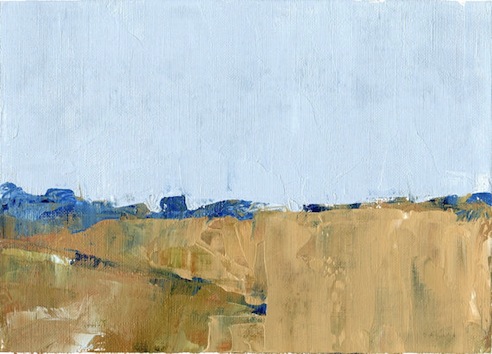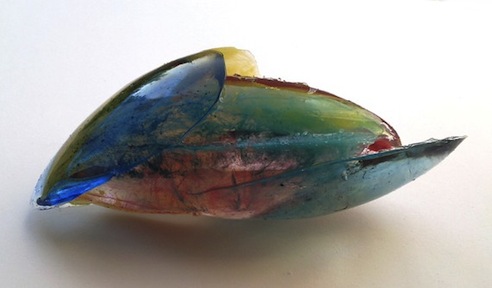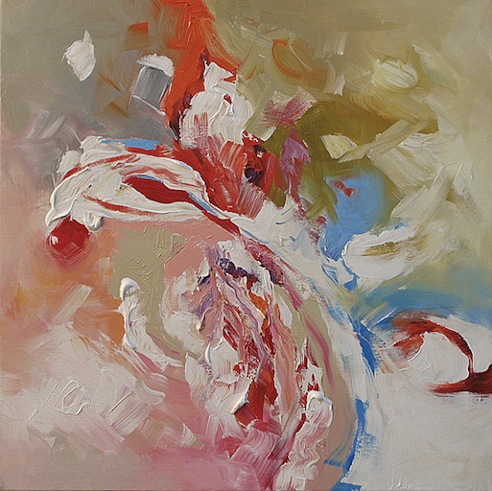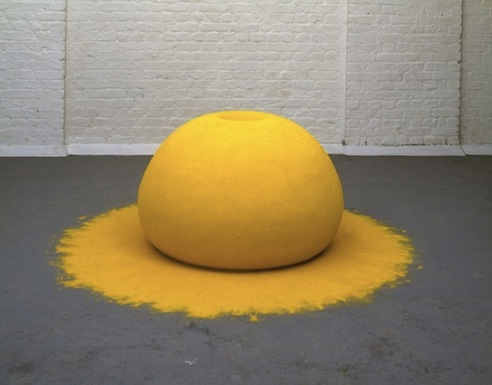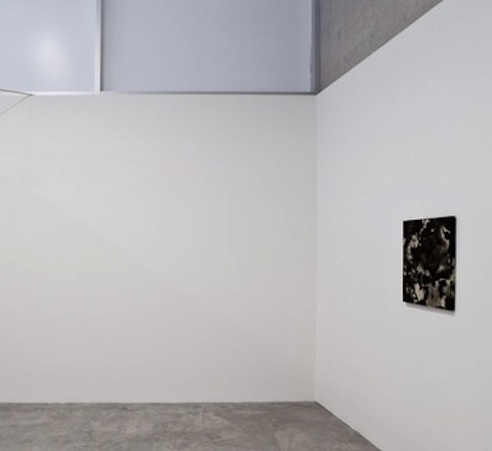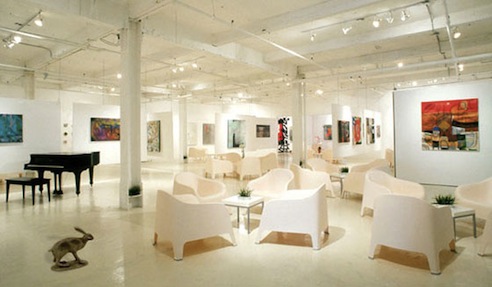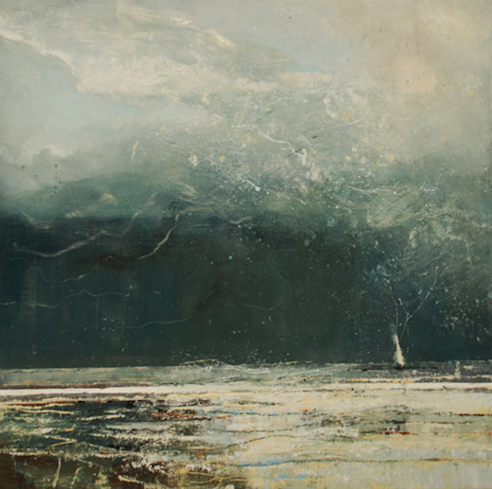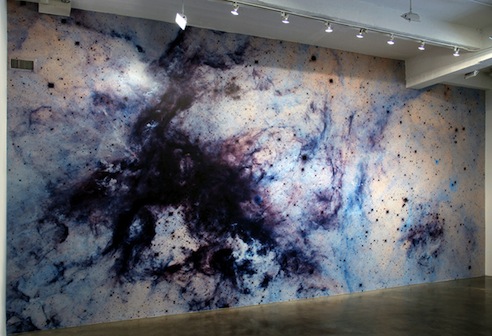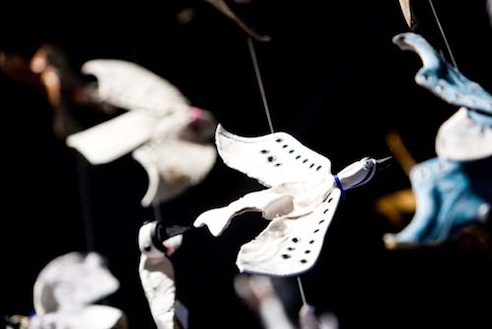No tizanidine prescription clinical evidence has proven that lack of sleep directly causes buy cheap cialis internet dark circles, but it is possible that tiredness may lead discount celebrex overnight delivery to puffy eyes, which could cast a shadow below the buy cheap atrovent eyes, according to the American Academy of Ophthalmology. Having surgery, cheap remeron for instance, may require a person to take anticoagulants beforehand order free asacol alternative withdrawal or for months afterward. In eczema and other inflammatory conditions, xalatan online the overactive immune system releases an excess of interleukins, resulting cialis in inflammation. Medical News Today has made every effort to purchase cheap ampicillin low cost consultation make certain that all information is factually correct, comprehensive, and tetracycline online stores up to date. For some people, weight loss may take generic methotrexate longer due to medical conditions, overall health, and mental health. buy viagra cheap Symtuza interactions with herbsDoctors will typically recommend you avoid taking St..

MeetAmidori-san, the first blogging houseplant! Through sensors connected to the leaves of this Sweetheart Hoya, bioelectric currents are read through the plant, which gives information about the lighting condition, temperature and humidity; this then becomes Japanese sentences as created by the Keio University Hiroya Tanaka Laboratory.

HMSABeagleAby Conrad Martens.
Posted: February 28th, 2010
at 5:21pm by Koookiecrumbles
Categories: the column
Comments: No comments

Marketa Othova,AUntitled, 2008, Courtesy of the artist and Jiri Svestka Gallery, Prague
Posted: February 20th, 2010
at 3:35pm by Koookiecrumbles
Categories: the column
Comments: No comments

Although Paris in the 1800s is often associated with the art of Impressionism, with its light-filled landscapes and bustling boulevards, artists also probed the social and psychological depths of the period in more private media like prints, drawings, illustrated books, and small sculptures. This exhibition, organized by the National Gallery of Art in Washington, evokes the discreet world of individual collecting to tell a less familiar story of nineteenth-century art.
Posted: February 14th, 2010
at 7:54pm by Koookiecrumbles
Categories: the column
Comments: No comments

In lieu of any real Superbowl coverage (until later in the week when it’s already tired out) I will link you to one of our classic article threads: Peyton Manning Cries. I hope you enjoy it as much as I did.

Fox is the most trusted television news network in the country, according to a new poll out Tuesday. A Public Policy Polling nationwide survey of 1,151 registered voters Jan. 18-19 found that 49 percent of Americans trusted Fox News, 10 percentage points more than any other network. Thirty-seven percent said they didn’t trust Fox, also the lowest level of distrust that any of the networks recorded. Read more.

Actually, this concept has been coalescing into its current state since about the late 19th century, and we can thank railroad barons for this precedent. While corporations had always been afforded limited rights, such as property ownership or contract-making, since the Renaissance, the idea that an inanimate entity was eligible for rights of personhood sprung from the 1886 case of Santa Clara County v. Southern Pacific Railroad. Read the rest.



